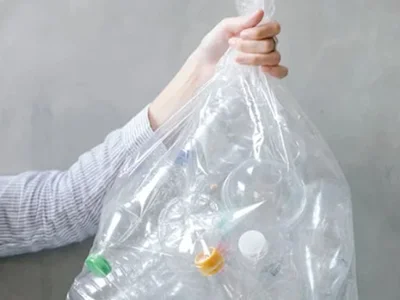Top Guidelines Of Reclaim Waste
Top Guidelines Of Reclaim Waste
Blog Article
Little Known Facts About Reclaim Waste.
Table of ContentsThe 30-Second Trick For Reclaim WasteReclaim Waste Things To Know Before You Buy6 Simple Techniques For Reclaim WasteThe 5-Second Trick For Reclaim WasteA Biased View of Reclaim Waste
Residential sewage waste refers to the waste and products from a domestic septic container. The proper monitoring and disposal of domestic sewer waste need liquid waste to be moved to a sewer treatment plant where the correct approaches and equipment are used to cleanse and dispose of waste.
Industrial waste frequently includes possible dangers, such as combustible materials or a combination of liquid and solid waste items, and needs an advanced and thorough disposal procedure. The disposal of industrial waste typically includes the purification of waste prior to transport to ensure secure and correct disposal. Hazardous waste is produced from by-products and overflow of commercial procedures and manufacturing.
This type of waste can not use the exact same sewage administration transportation or processes as septic or commercial liquids. The hazardous waste administration procedure requires the evaluation and screening of liquid waste prior to it undergoes the disposal procedure (liquid waste disposal melbourne). Runoff waste is the liquid waste that comes from drainage and excess stormwater in highly booming locations or cities
Runoff waste can trigger contamination and flooding if not dealt with appropriately. Making certain appropriate waste monitoring can avoid catastrophes and reduce ecological injury.
Get This Report on Reclaim Waste
Contact PROS Solutions today to find out about our waste monitoring and disposal solutions and the correct ways to care for the liquid waste you create.
(https://myanimelist.net/profile/reclaimwaste1)This so-called 'wastewater' is not just an important source but, after therapy, will certainly be launched to our land, waterways or the sea. Utilized water from bathrooms, showers, bathrooms, kitchen area sinks, laundries and commercial procedures is recognized as wastewater.

water made use of to cool down equipment or clean plant and devices). Stormwater, a kind of wastewater, is runoff that moves from farming and metropolitan areas such as roofs, parks, yards, roads, courses and gutters right into stormwater drains, after rainfall. Stormwater flows neglected directly to regional creeks or rivers, ultimately getting to the sea.
Everything about Reclaim Waste
In Queensland, the majority of wastewater is dealt with at sewage therapy plants. Wastewater is delivered from domestic or industrial websites via a system of sewers and pump terminals, referred to as sewage reticulation, to a sewer therapy plant. City governments develop, preserve and operate most sewer treatment plants. Operators are accredited under the Environmental Protection Act 1994 to release cured wastewater at an appropriate ecological standard into waterways.
The Department of i was reading this Natural Resources suggests local federal governments concerning managing, operating and preserving sewage systems and therapy plants. In unsewered areas, city governments might call for owners to install specific or home sewer treatment systems to deal with domestic wastewater from bathrooms, kitchen areas, bathrooms and laundries. The Division of Natural Resources authorizes using household systems when they are verified to be effective.
In some new subdivisions, therapy of some stormwater to eliminate litter, sand and gravel has started using gross pollutant catches. Wastewater treatment takes place in four stages: Eliminates solid matter.
Utilizes small living microorganisms recognizes as micro-organisms to break down and eliminate continuing to be liquified wastes and fine fragments. Micro-organisms and wastes are integrated in the sludge.
Getting My Reclaim Waste To Work
Nutrient removal is not available at all sewage treatment plants since it needs pricey specialist devices. Clear liquid effluent created after therapy might still contain disease-causing micro-organisms - liquid waste removal.

This generally indicates wastewater needs to be dealt with or pollutants removed prior to it can be released to rivers. Many wastewater flows right into the sewage system. Under the Act, city governments provide authorizations and permits for eco pertinent activities (ERAs) entailing wastewater releases that could have a regional influence. The division administers authorizations and licences to ERAs entailing wastewater launches that may have a regional or statewide effect.
Reclaim Waste Fundamentals Explained
Or else, samples are taken for laboratory analysis. Frequently many examinations are needed to establish the degrees of each of the different toxins such as oils, heavy metals and pesticides in water. Surveillance supplies accurate info regarding water top quality and can validate that permit conditions are being fulfilled. The information gotten via surveillance offers the basis for making water top quality decisions.
Report this page